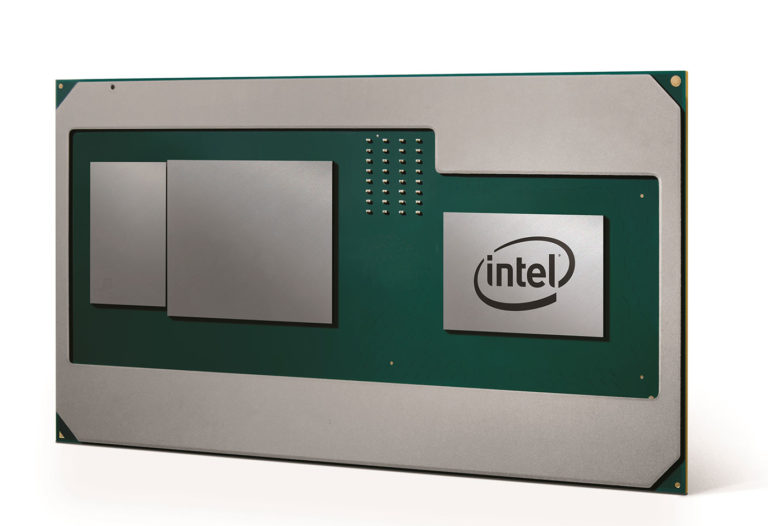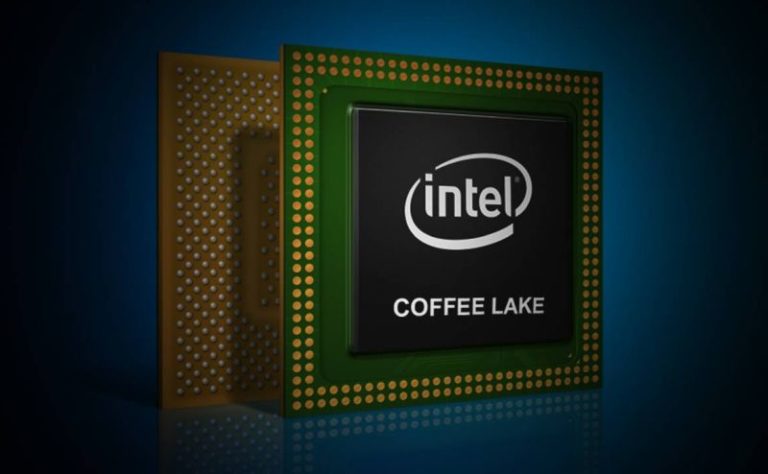AMD CPU Market Share Increased by 1.54x in just One Year

Nearly two years after the launch of its “Zen” architecture, AMD CPU market share approaches 20% in the desktop segment. In fact, it’s not only the desktop, but team red saw an increase in market share in all segment in the first quarter of 2019 compared to the previous year as reported by Mercury Research.
Apparently, AMD Ryzen processors have done fairly well for the company as they not only yielded strong financial quarters, but also helped AMD continually gain CPU market share.
AMD CPU Market Share Grows YoY in All Segments in Q1 2019
According to the latest figures by Mercury Research, AMD desktop CPU market share increased 1.3% in Q1 2019 compared with the previous quarter, which now sits at 17.1%. In the notebook segment, AMD grew its market share by 1% quarter-over-quarter, and it’s is now at 13.1%.
When it comes to gains over the past year, AMD picked up 4.9% points of share in desktop and slightly more at 5.1% points in laptops. This is for the second quarter in a row that growth in the notebook segment surpassed that of the desktop year-over-year. With that said, AMD still holds a larger desktop CPU share than it does in the notebook market.

AMD market share as estimated by Mercury Research, Q1 2019
On the server side, AMD’s market share grew by 1.9% year-over-year, though it declined 0.3% compared with the previous quarter. The decline here is largely due to the expected release of the 7nm Epyc Rome series processors in Q3 2019.
AMD Zen 2-based Epyc series features up to 64 cores and 128 threads. Using the innovative chiplet design and improved core density, Epyc 2 will be able deliver double the throughput, according to the company. Additionally, the dual socket solution is said to feature up to 162 PCIe Gen 4 lanes, which is twice the amount of Intel’s flagship Xeon chip.

The launch of the 7nm Epyc Rome is expected to bring back the server momentum in the next quarter as AMD aims for the 10% server CPU market share by 2020.
Overall, AMD gained 1% point of unit share in the x86 market in Q1 2019 from the previous quarter and 4.7% points of share year-over-year. Which means that AMD’s market share increased by 1.54x in just one year.
That’s an impressive improvement, especially when we consider that AMD didn’t release any major processor line in the desktop segment in the previous quarter. Of course, they did cut prices of their first and second-generation of Ryzen processors, which made them an even more attractive of a package for mainstream users.
But, there’s another factor that equally contributed to the cause, and it’s the ongoing Intel CPU shortage. The 14nm supply issues caused price hikes to the extent that Ryzen CPUs were able to outsell Intel by a huge margin.
Amid these positive Q1’19 results, the best thing AMD can do right now is to continue its cadence of successful product launches with the 3rd-gen Ryzen lineup. The company is expected to launch its 7nm Ryzen 3000 series processors along with Navi GPUs in a few weeks at Computex 2019.






